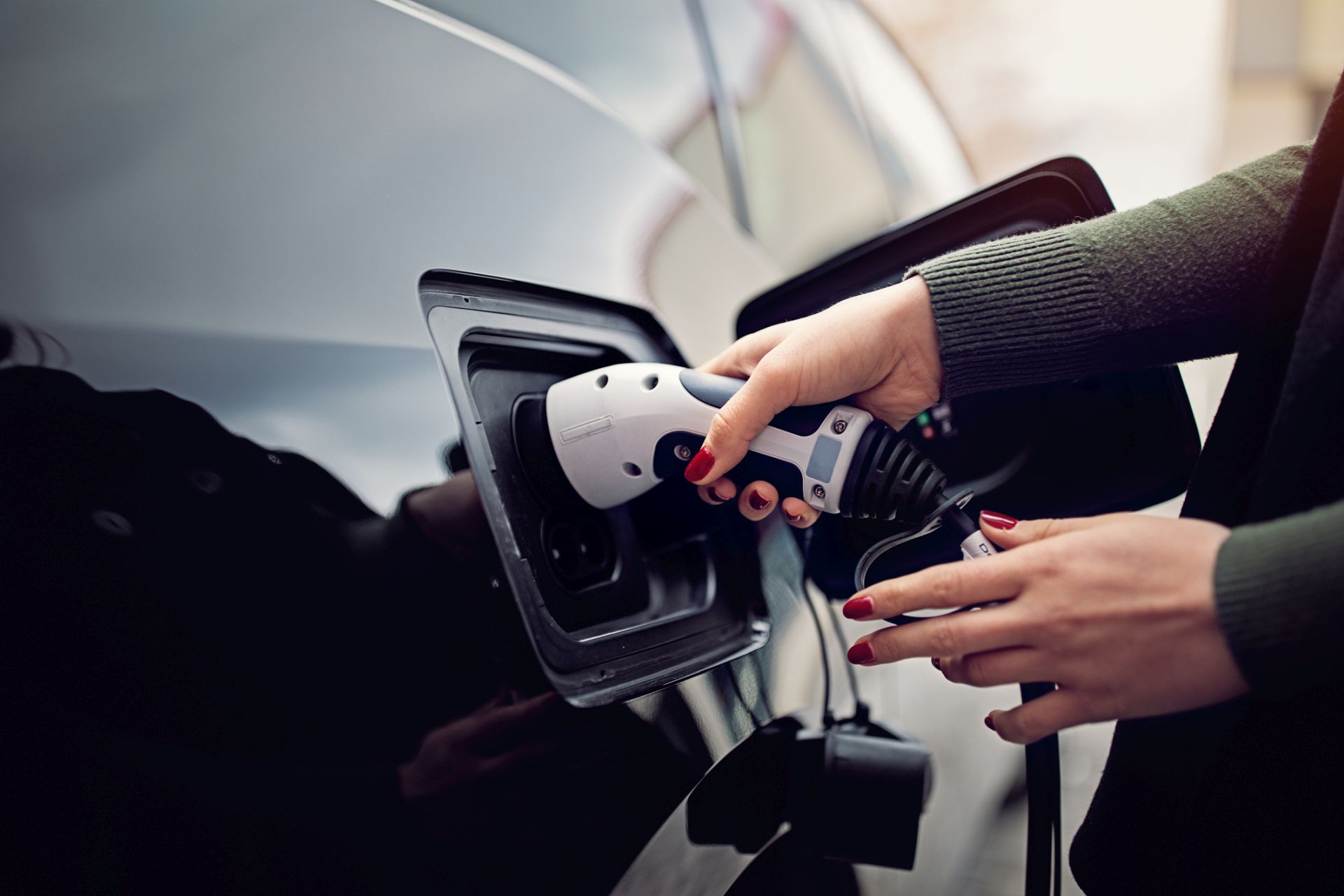Electric car subsidy in 2023: this is what you can get
A total of 99.4 million euros in subsidies has been made available for 2023 for individuals wishing to purchase a new or used electric passenger car. This is substantially more than in 2022, while the subsidy amount for new cars is slightly lower. That means more people can take advantage of this. And that’s just as well, because in 2022, the subsidy pot was empty by mid-year. It’s expected to slow down a bit this year, but as always, if the grant pot is empty, you can’t get a grant this year. Up = gone. It is then waiting for the 2024 grant to be made available.
How about this?
The subsidy applies only to individuals who wish to purchase a new or used electric car. The application goes through the RVO (Rijksdienst voor Ondernemend Nederland). This is the so-called SEPP (Subsidy Scheme for Electric Passenger Cars for Individuals) which is valid until December 31, 2024. In 2023, individuals can claim:
- €2,950 subsidy for a new electric car.
- €2,000 subsidy for a used electric car.
The subsidy does not only apply to purchases, but also to private leases. In that case, the grant will be converted into a contribution of €61.45 per month for a period of 48 months. You must then lease the car for four years. If the private lease ends earlier, the payment of the monthly subsidy also stops.
Conditions for an electric car subsidy for private individuals
There are several eligibility requirements, however:
- The car has a minimum range of 120 kilometers.
- The (original) new price, as registered in the RDW’s vehicle registration register, must be between €12,000 and €45,000.
- The car must be purchased from an authorized car dealership.
- It must be an original electric car that has not been retrofitted.
When to apply for an electric car subsidy?
The subsidy for electric passenger cars for private individuals can only be applied for after the purchase or lease agreement has been concluded. In doing so, the car’s purchase or lease contract must be in the name of the grant applicant, with a date in the same calendar year in which you apply for the grant. Applications for subsidy go through the RVO .
Please note that the subsidy is not paid out until the car is delivered, put into the name of the subsidy applicant and confirmation is received from the RFO. No advance is paid. You may also only use the subsidy scheme once.
The subsidy is therefore not a discount on the car, but an extra that you receive afterwards. The subsidy amount is always paid to the private individual, never to a (car) company. It is possible to authorize a car company to make the subsidy application for you. You can do this with the intermediary grants authorization form.
What if I sell the subsidized car again?
If you receive a subsidy for a new or used electric car, it must have been in your name for at least three years. The registration details are in the vehicle registration register, which are regularly checked by the RFO. If the car is sold within three years (or at least if the car’s registration changes), then this must be reported to the RFO and you must (possibly) repay part of the subsidy. The same applies if the contract of new or used private lease car ends earlier than the agreed four years.
Electric car subsidy individuals 2024
Subsidies for new and used electric passenger cars for individuals are being phased out. In 2024, the subsidy amount for a new electric car drops to €2,550. The subsidy for a used electric car of €2,000 will remain unchanged in 2024. The subsidy scheme ends Dec. 31, 2024. In 2025, you can no longer get a subsidy for a new or used electric car.
No subsidy for hybrid and plug-in hybrid
The subsidy for private individuals only applies to zero-emission vehicles. In principle, then, this also applies to hydrogen cars, except that they are not yet to be found under €45,000 due to the expensive technology. The subsidy scheme does not apply to hybrid cars and plug-in hybrids anyway.

